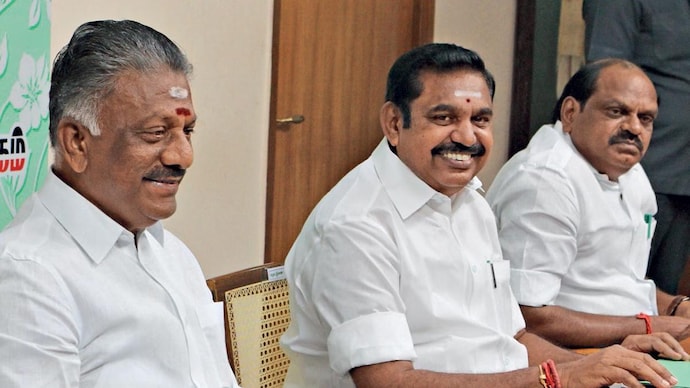Split Wide Open | Tamil Nadu
Eyeing the assembly election, Chief Minister Palaniswami carves out five new districts.

On August 15, after unfurling the tricolour at Fort St George in Chennai, Chief Minister Edappadi K. Palaniswami announced the trifurcation of Vellore district, creating two new ones, Ranipet and Tirupattur. "The decision was made following representations from ministers, MLAs and the public," said the chief minister. Earlier, on July 18, Palaniswami had announced Tenkasi and Chengalpattu districts, carved out of Tirunelveli and Kancheepuram districts, respectively.
In January, Kallakurichi was similarly hollowed out from Viluppuram district. This makes it a total of five new districts in 2019, a record for any chief minister. Meanwhile, there are more division demands: traders in Mayiladuthurai downed shutters for three days in July, demanding a new district be carved out of Nagapattinam. Others demand new districts for Pollachi (in Coimbatore) and Sankarankovil (second largest municipality in Tirunelveli).
Before the state was renamed Tamil Nadu in 1969, it had just 13 districts. Successive governments, invoking the better governance argument, have now raised the number to 37. Today, the state has the fourth highest district count in the country. With the latest decision, the average size of a district in Tamil Nadu is down from 4,000 sq. km (before January) to 3,500 sq. km now.
The timing of the trifurcation has raised more than a few eyebrows. "Vellore is among the larger districts, but to go about it hastily soon after the defeat of the AIADMK-BJP candidate (by a narrow margin) in the parliamentary polls, suggests some intrigue, going by the voting patterns in the district," says Prof. Ramu Manivannan, head, department of political science and public administration, University of Madras. He says the decision is strategic to nix the influence of minority Muslim votes in determining outcomes. "This is also a message to the DMK's traditional Muslim vote bank in Vellore." The AIADMK's decline after the passing away of Jayalalithaa has made it imperative that incentives be handed down to district-level leaders to keep the flock happy. This is crucial now after the DMK's sweep of the parliamentary polls earlier this year and given that T.T.V. Dhinakaran's breakaway AMMK is still a force to reckon with.
The district reorganisation is a bid to consolidate the assembly constituencies as well as promote power bases at the ground level around the new administrative centres. Slogans like better governance are just a cover. The state administration is still highly centralised, so much so that local body polls haven't been held since 2011. "Pro-active local bodies can be a game-changer.
A shift in the way districts are run-shifting the focus from revenue collection to development-is possible only with vibrant local bodies," says G. Palanithurai, former professor, political science and development administration, Gandhigram Rural University, Dindigul. That neither the area spread nor population has determined the redrawing of district boundaries is evident here. The AIADMK's rush is only with an eye on consolidating the party's position in the run-up to the 2021 assembly election.
